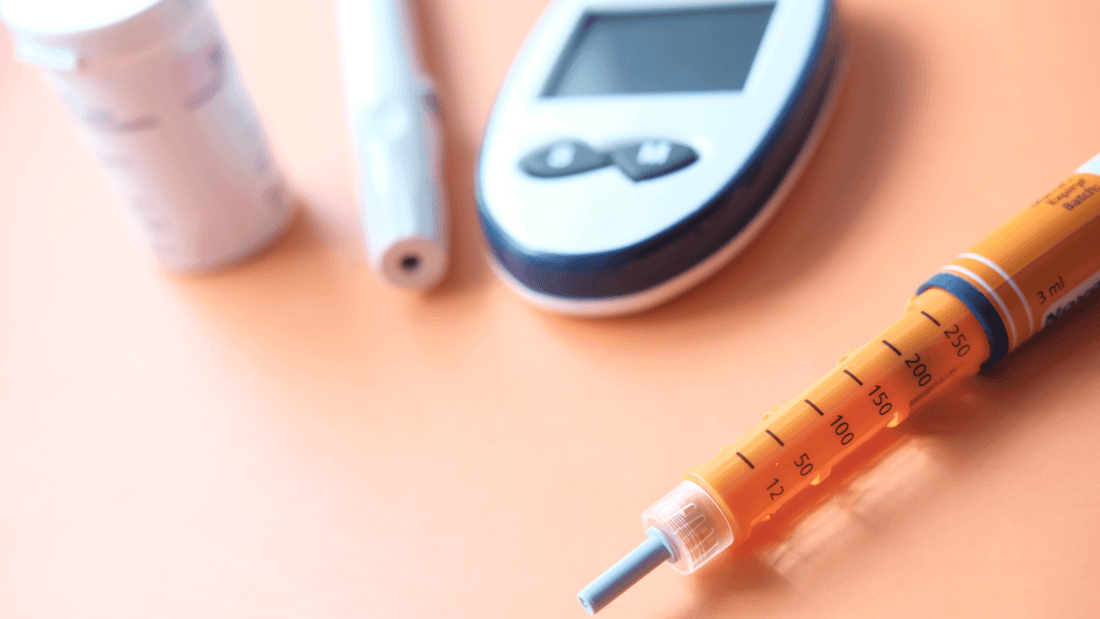
Navigating Diabetes Management: Finding Your Perfect Fit
Share
Living with diabetes means making a lot of choices, and one of the most significant revolves around how you manage your insulin. With incredible advancements in technology, there are more options than ever before, offering flexibility and control tailored to individual needs. It's important to remember that there's no "one size fits all" answer; the best approach is always the one that works best for you.
Let's break down some of the most common methods:
1. The Dynamic Duo: Insulin Pump with Continuous Glucose Monitor (CGM)
Imagine having a tiny device delivering insulin around the clock, mimicking the function of a healthy pancreas, while another sensor continuously tracks your glucose levels. That's essentially what an insulin pump combined with a CGM offers.
How it works:
- Insulin Pump: A small device worn on the body (often discreetly under clothing) delivers rapid-acting insulin through a cannula inserted just under the skin. It can be programmed to deliver a continuous basal rate and allows for precise bolus doses at mealtimes or to correct high blood sugar.
- Continuous Glucose Monitor (CGM): A small sensor inserted under the skin (usually on the arm or abdomen) measures glucose levels in the interstitial fluid every few minutes. It sends this data wirelessly to a receiver, smartphone, or directly to the insulin pump.
Key Benefits:
- Constant Monitoring: Real-time glucose data allows for immediate adjustments and helps identify trends.
- Reduced Finger Pricks: CGMs significantly reduce the need for manual finger-prick tests (though some calibration might still be required).
- Precision Dosing: Pumps deliver very small, precise doses of insulin, which can lead to better blood sugar control and fewer extreme highs and lows.
- Flexibility: Easier to manage active lifestyles, varying meal times, and exercise.
- Alerts & Alarms: CGMs can warn you about rising or falling blood sugar, helping to prevent emergencies.
Considerations:
- Requires wearing devices continuously.
- Initial learning curve for programming and managing the system.
- Cost can be a factor, though insurance coverage varies.
2. Smart Monitoring with Manual Dosing: CGM with Insulin Pens
This option offers a fantastic blend of advanced glucose monitoring with the familiarity and simplicity of insulin pens. It's a popular choice for those who want the insights of a CGM without committing to an insulin pump.
How it works:
- Continuous Glucose Monitor (CGM): Same as above, a sensor continuously tracks glucose levels, providing real-time data.
- Insulin Pens: Insulin is injected manually using pre-filled pens, typically with a long-acting insulin for basal needs and a rapid-acting insulin for meals and corrections.
Key Benefits:
- Informed Decisions: CGM data empowers you to make more informed decisions about your insulin doses, food intake, and activity levels.
- Reduced Finger Pricks: Enjoy the benefits of continuous monitoring with fewer manual checks.
- Simplicity of Pens: Many find pens easy to use and discreet for injections.
- Greater Awareness: Understanding how food, exercise, and stress impact your blood sugar in real-time.
Considerations:
- Still requires multiple daily injections.
- Doesn't offer the micro-dosing precision of a pump.
- Requires active decision-making based on CGM data.
3. The Traditional Approach: Insulin Pens with Manual Pricks
This has been the cornerstone of insulin management for decades and remains a highly effective and reliable method for many individuals.
How it works:
- Insulin Pens (or Syringes): Insulin is injected manually using pens (or traditional syringes and vials). This typically involves multiple daily injections of both long-acting (basal) and rapid-acting (bolus) insulins.
- Manual Finger Pricks: Blood glucose levels are checked periodically throughout the day using a glucometer and test strips, requiring a small finger-prick to obtain a blood sample.
Key Benefits:
- Simplicity: Fewer devices to manage, often seen as less technologically complex.
- Cost-Effective: Generally the most affordable option, especially for the testing supplies.
- No Devices to Wear: No sensors or pumps attached to the body, which some prefer for comfort or discretion.
- Proven Effectiveness: With diligent self-management, excellent blood sugar control is achievable.
Considerations:
- Less Real-Time Data: Glucose readings are snapshots in time, making it harder to spot trends or predict fluctuations.
- More Finger Pricks: Can involve 4-10 (or more) finger pricks per day.
- Manual Adjustments: Requires more estimation and judgment for insulin dosing based on limited data.
Making Your Personal Choice
Ultimately, the best diabetes management plan is one that fits your lifestyle, health goals, comfort level, and budget. Here are some questions to consider:
- What are your blood sugar control goals?
- How comfortable are you with technology and wearing devices?
- What is your daily routine like? (work, school, exercise, travel)
- What kind of support do you have from your healthcare team?
- What are the financial implications and insurance coverage for each option?
It's crucial to have an open and honest conversation with your endocrinologist or diabetes care team. They can help you weigh the pros and cons of each method, demonstrate how the devices work, and guide you toward a solution that empowers you to live your healthiest life.
Remember, managing diabetes is a journey, and your needs might change over time. What works for you today might evolve tomorrow, and that's perfectly okay. The most important thing is finding a system that gives you confidence, control, and peace of mind.
